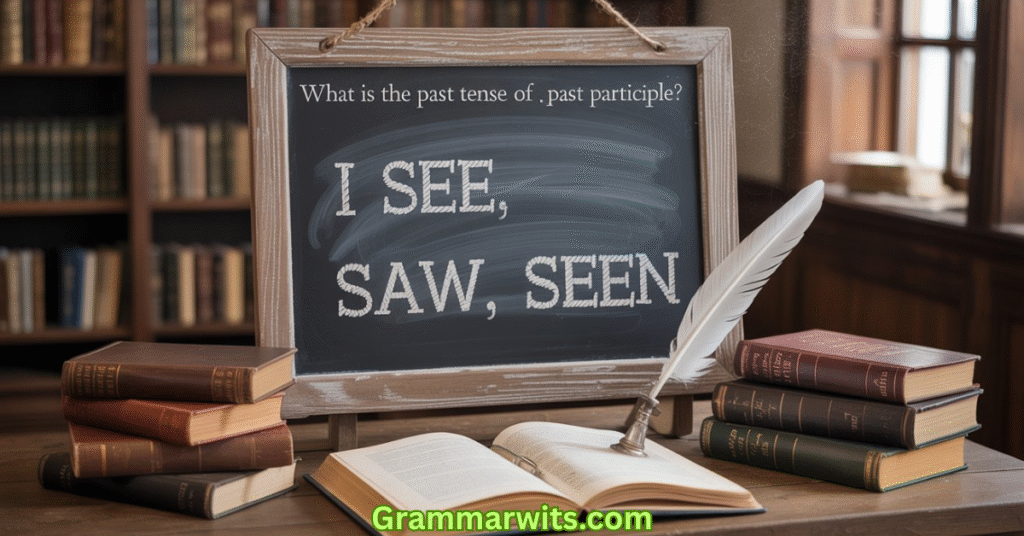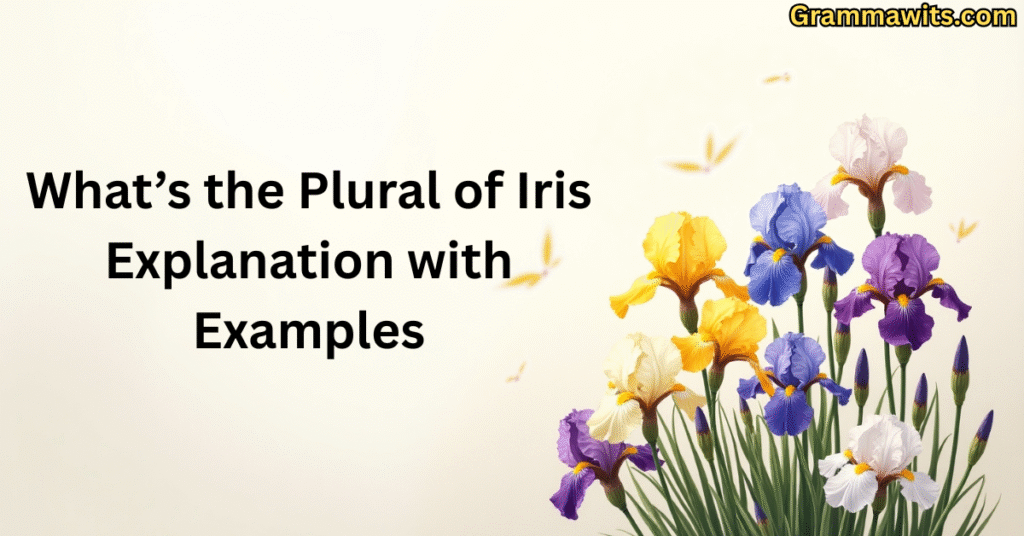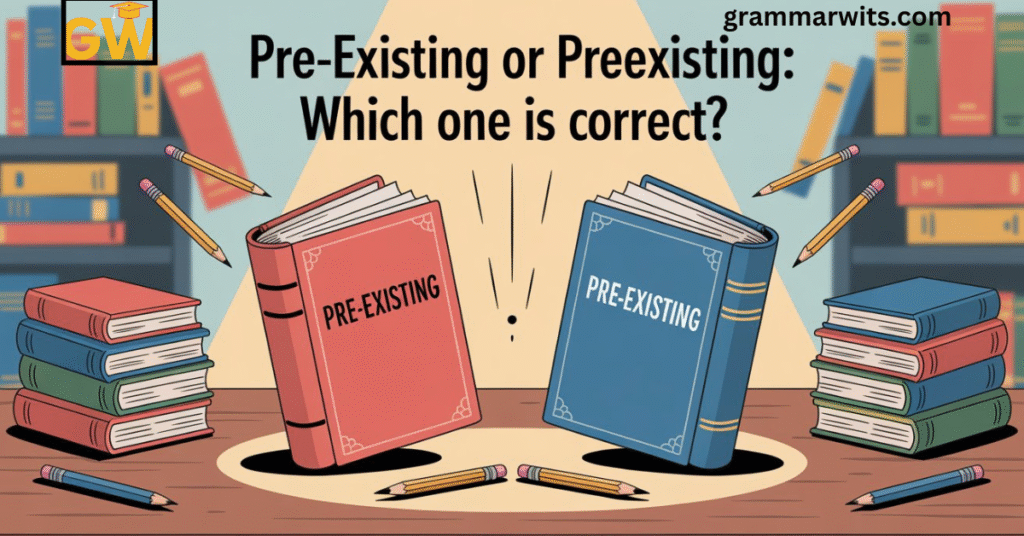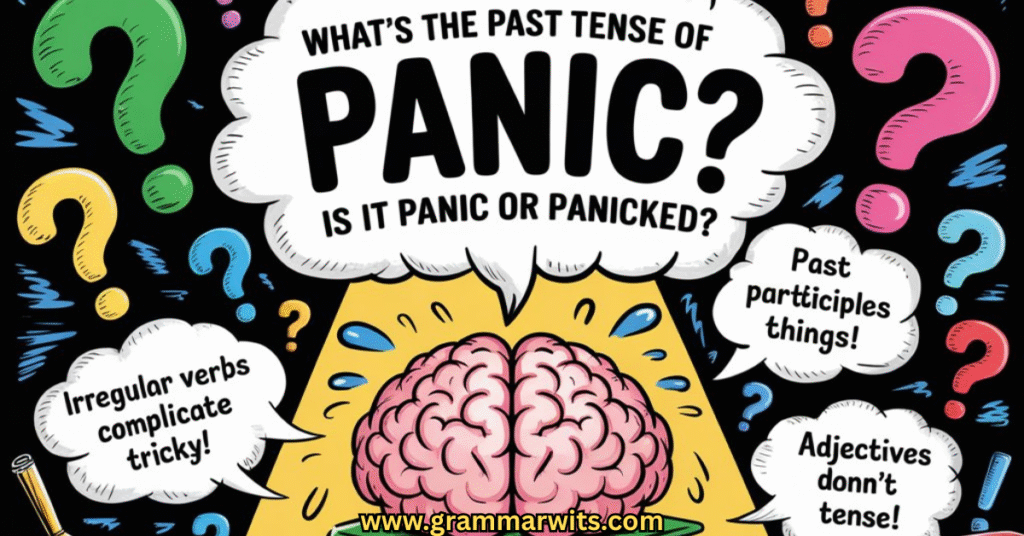GRAMMAR WITS

GRAMMAR
Set or Sit: When Should each be Used?
“Set” and “sit” are two commonly used verbs in English that seem similar but differ significantly in meaning and usage....

GRAMMAR
What is the Past Tense of See and its Past Participle?
In English grammar, past tense refers to the form of a verb used to describe actions that have already happened....

GRAMMAR
What’s the Plural of Iris Explanation with Examples
The plural of “iris” can be written in two accepted forms: “irises” and “irides.” Both are correct depending on the...

GRAMMAR
What’s the Plural of Axe? Is it Axes or Axen?
What’s the Plural of Axe? Is it Axes or Axen? Understanding the correct plural form of a word helps maintain...

GRAMMAR
Pre-Existing or Preexisting: Which One is Correct?
In the English language, “pre-existing” and “preexisting” are two forms of the same word, both referring to something that existed...

GRAMMAR
What is the Plural of Chief? Chiefs or Chieves?
Introduction The phrase “What is the Plural of Chief—Chiefs or Chieves” refers to a common grammatical query that often confuses...

GRAMMAR
What’s the Plural of Syllabus? Syllabuses or Syllabi?
A syllabus is a structured document provided to students at the beginning of a course, outlining the essential components of...

GRAMMAR
What is the Past Tense of Panic? Is it Panic or Panicked?
The phrase “What is the past tense of panic” refers to the grammatical transformation of the verb panic when expressing...

GRAMMAR
High Quality or High-Quality: Which One Is Correct?
The phrase “High Quality or High-Quality” may look similar at first glance, but its correct use plays a vital role...

GRAMMAR
Up to Date or Up-to-Date: Which One Should You Use?
The phrase “up to date or up-to-date” refers to two different grammatical forms in English. “Up to date” is an...




